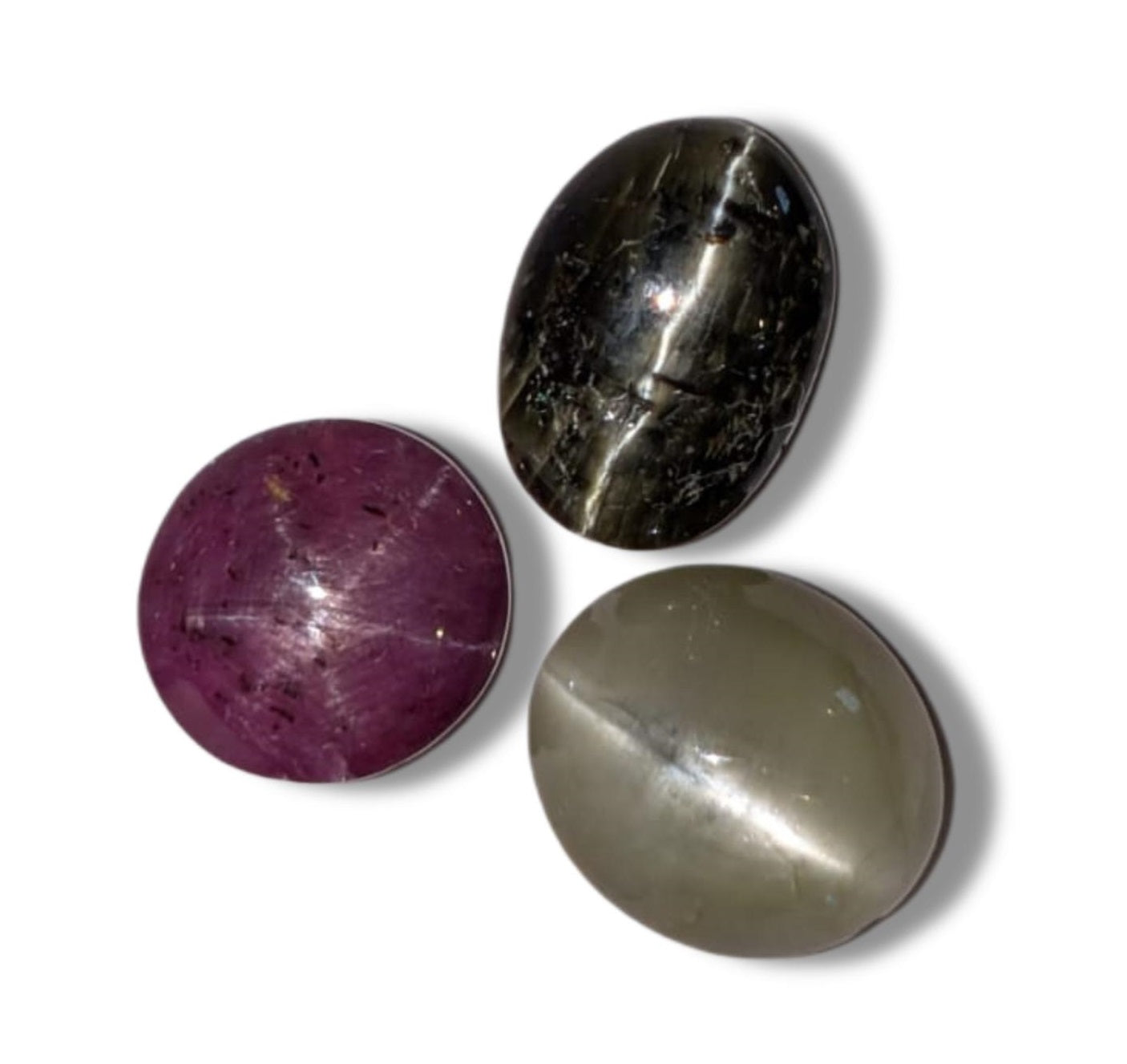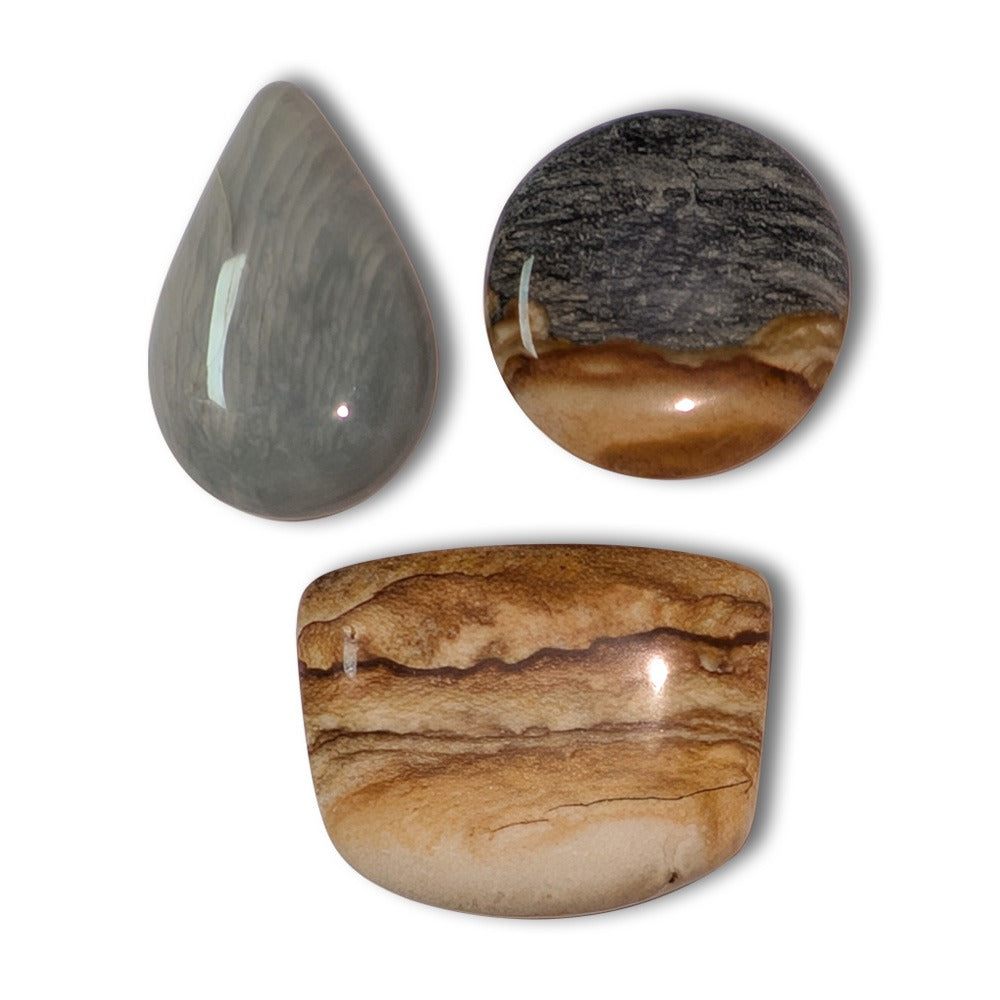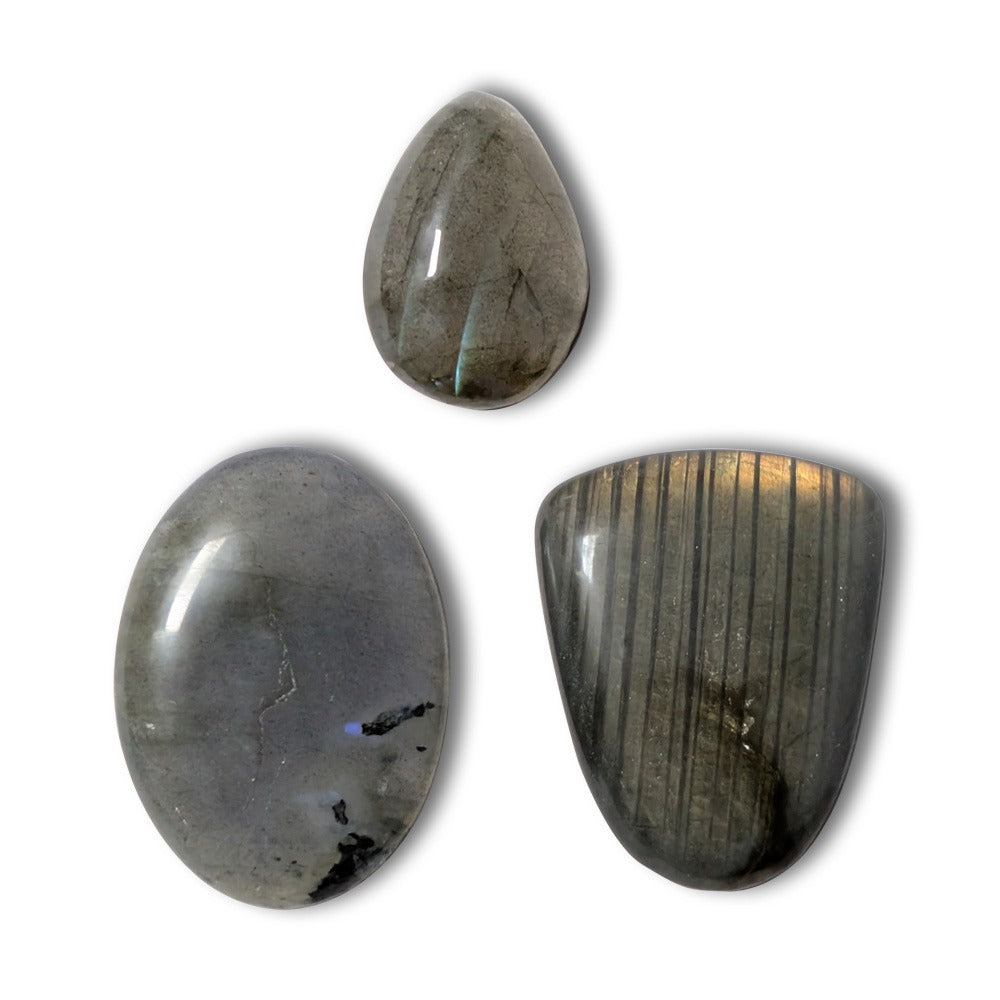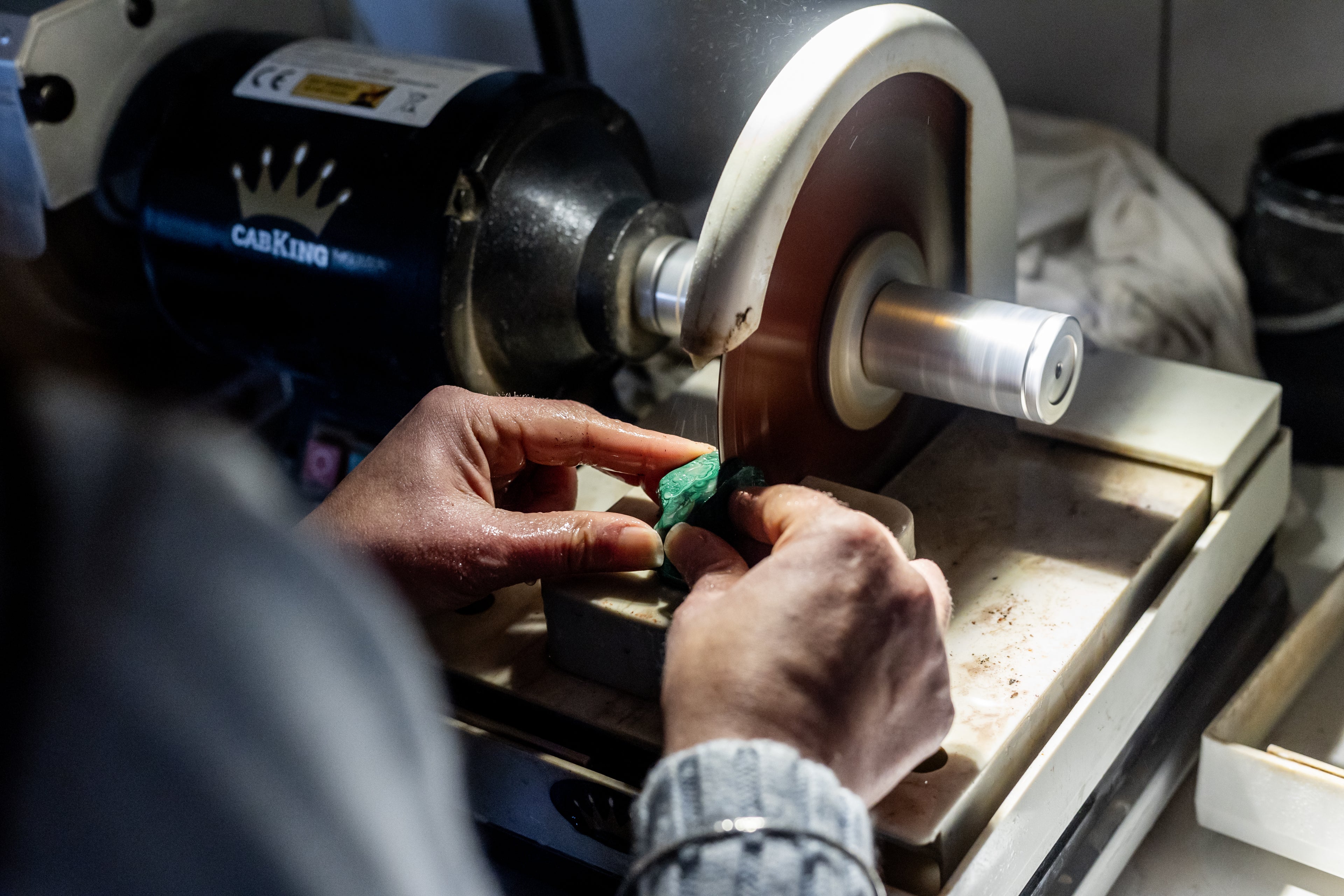
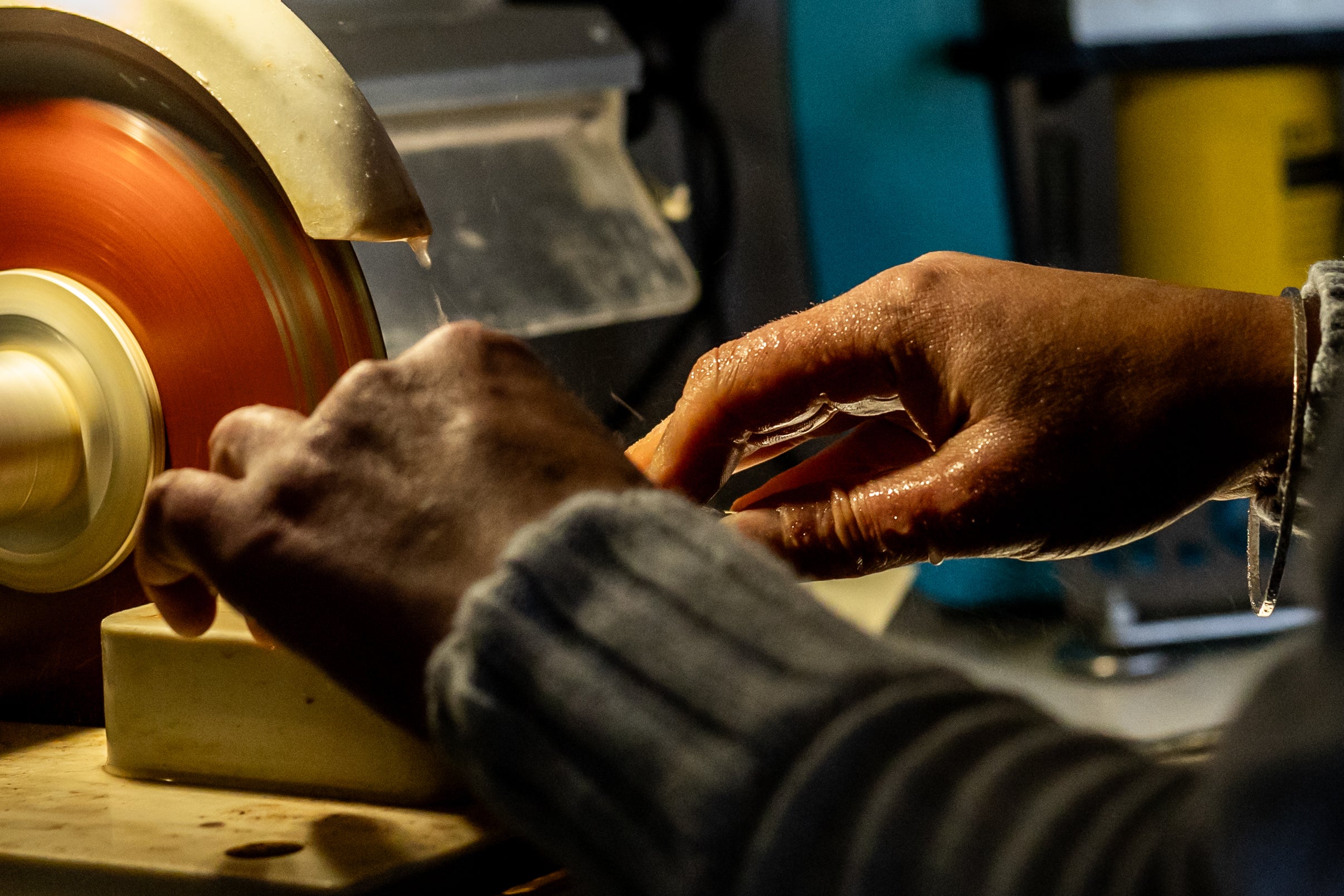
Lapidary
The art and science of creating beautiful gemstones
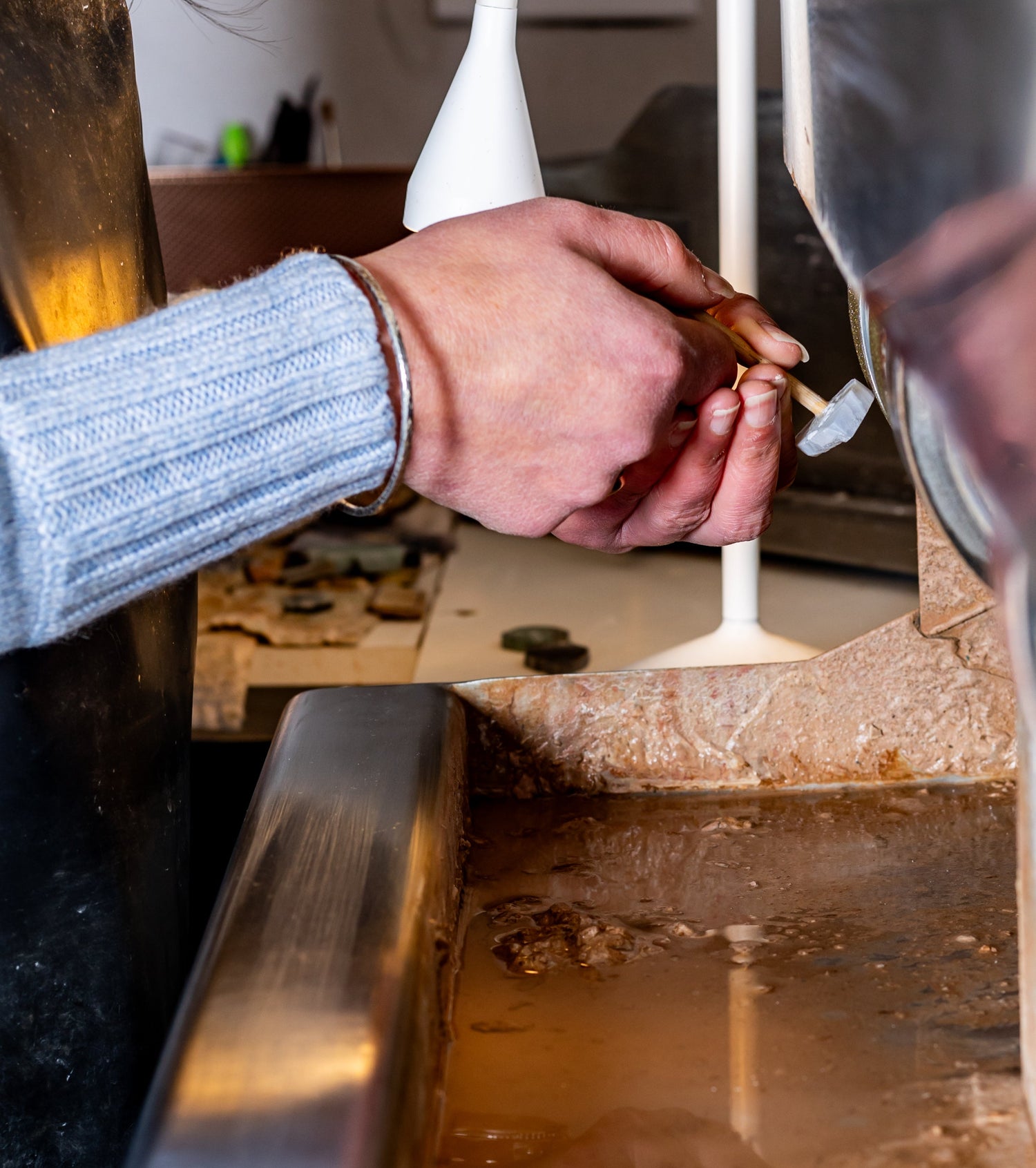
Introduction
Lapidary is the art and science of cutting, shaping, polishing, and engraving precious and semi-precious stones. I’ve always found this craft fascinating, as it has roots stretching back thousands of years, practiced by ancient civilizations like the Egyptians, Mesopotamians, and Native Americans.
Over time, lapidary techniques have evolved, but the core principles remain the same. I’ll take you through the process I use, from selecting a raw stone to finishing a polished gemstone.
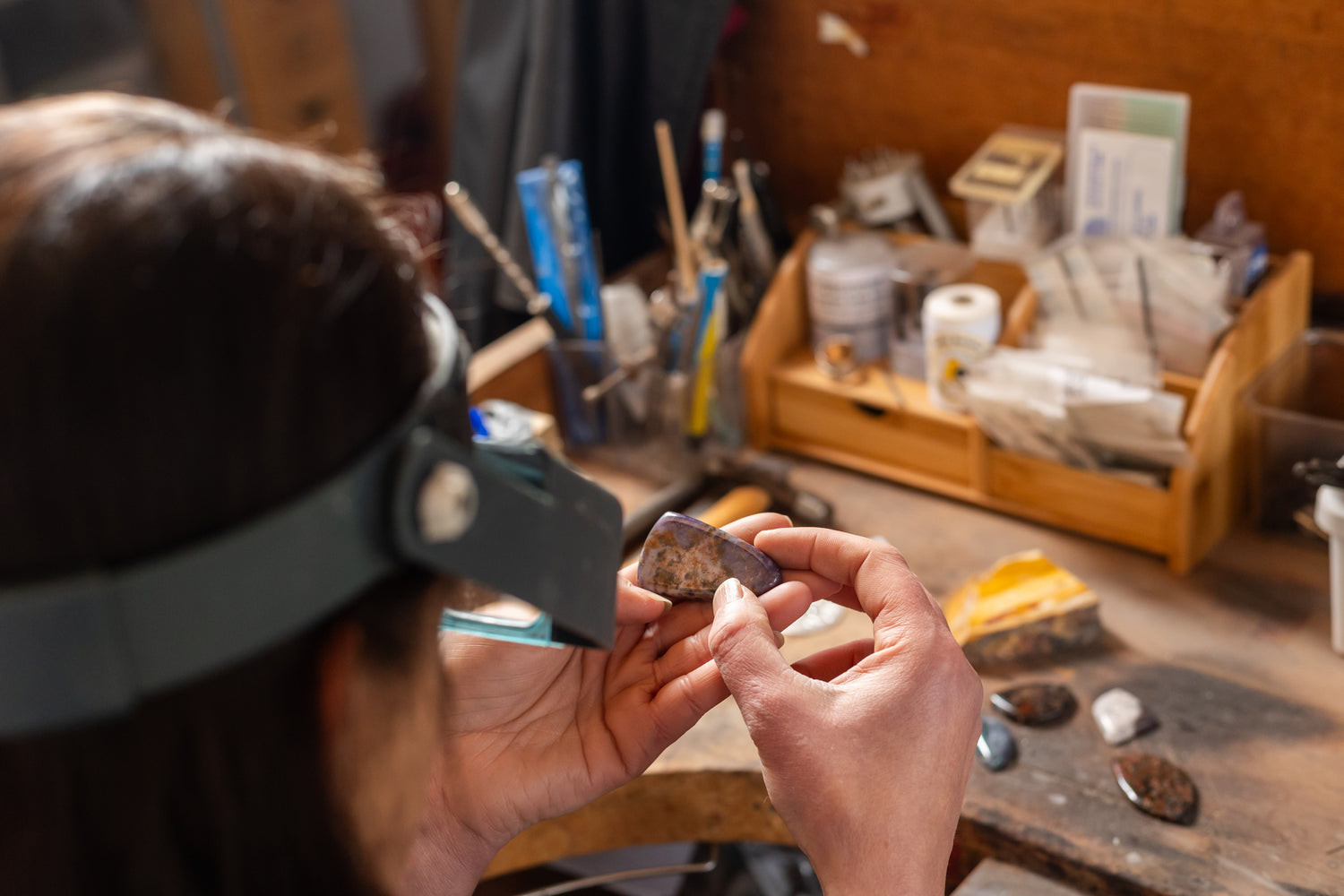
Raw Stone Selection
The first step I take when starting a lapidary project is selecting the right raw material. There are so many types of stones I can work with, from opals and jasper to agate, amethyst, and turquoise. The choice of stone depends on what I want to achieve—whether it's a piece for jewellery or a gemstone with particular colours, features, size, or brilliance.
Not every rough stone is suitable for cutting, though. I have to examine it closely for flaws like cracks or inclusions, which might make it difficult to work with. Some stones are also too soft or too hard, which can complicate the cutting process. I also consider the shape and size of the rough stone because they affect how I will cut it and what the final shape will be.
I only choose raw stone from ethical sources!

Planning the Cut
Once I’ve selected the stone, the next step is planning the cut. This part is crucial because the final appearance and value of the gemstone depend on the cutting plan. I carefully examine the stone’s natural features, such as its color, texture, and any visible inclusions, and then decide how to cut it.
My goal during this planning phase is to maximize the potential of the rough stone while minimizing waste. Sometimes, the stone might have a flaw, and I’ll need to cut around it or adjust the design to hide it. I also choose the cutting style—whether it’s a smooth, rounded cabochon, or a freeform shape that highlights the natural form of the stone. The cutting plan I create is designed to bring out the best in the stone.
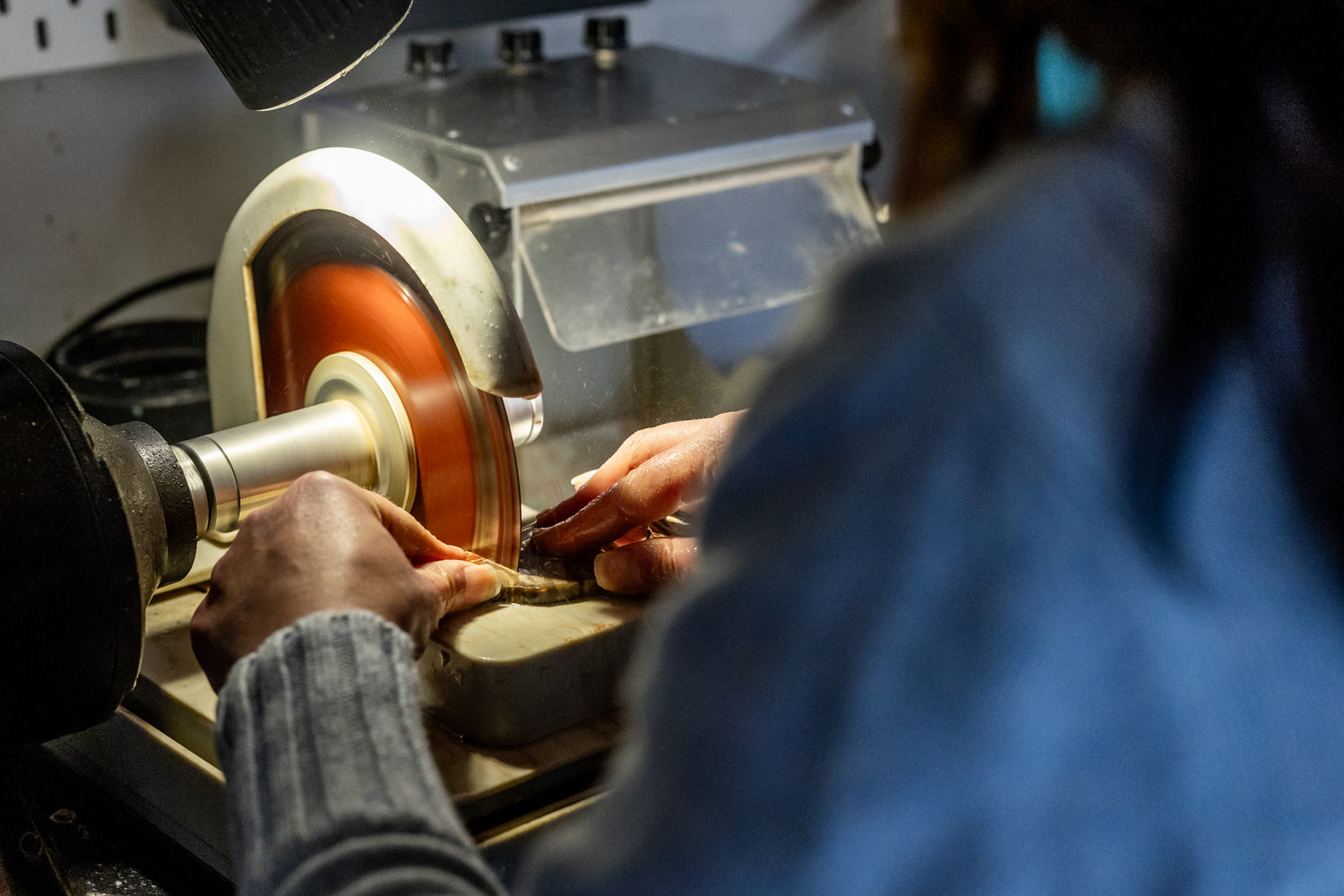
Rough Cutting
With the plan in hand, I move on to the rough cutting stage. This involves using specialized tools such as saws, diamond blades, or grinding wheels to remove large portions of material and get the stone into its basic shape. Rough cutting is a delicate process, and I have to be careful not to damage the stone, especially since rough stones can be valuable and mistakes are costly.
I use diamond-tipped blades and focus on making the first, large cuts to shape the stone, which is often a slow and methodical process.
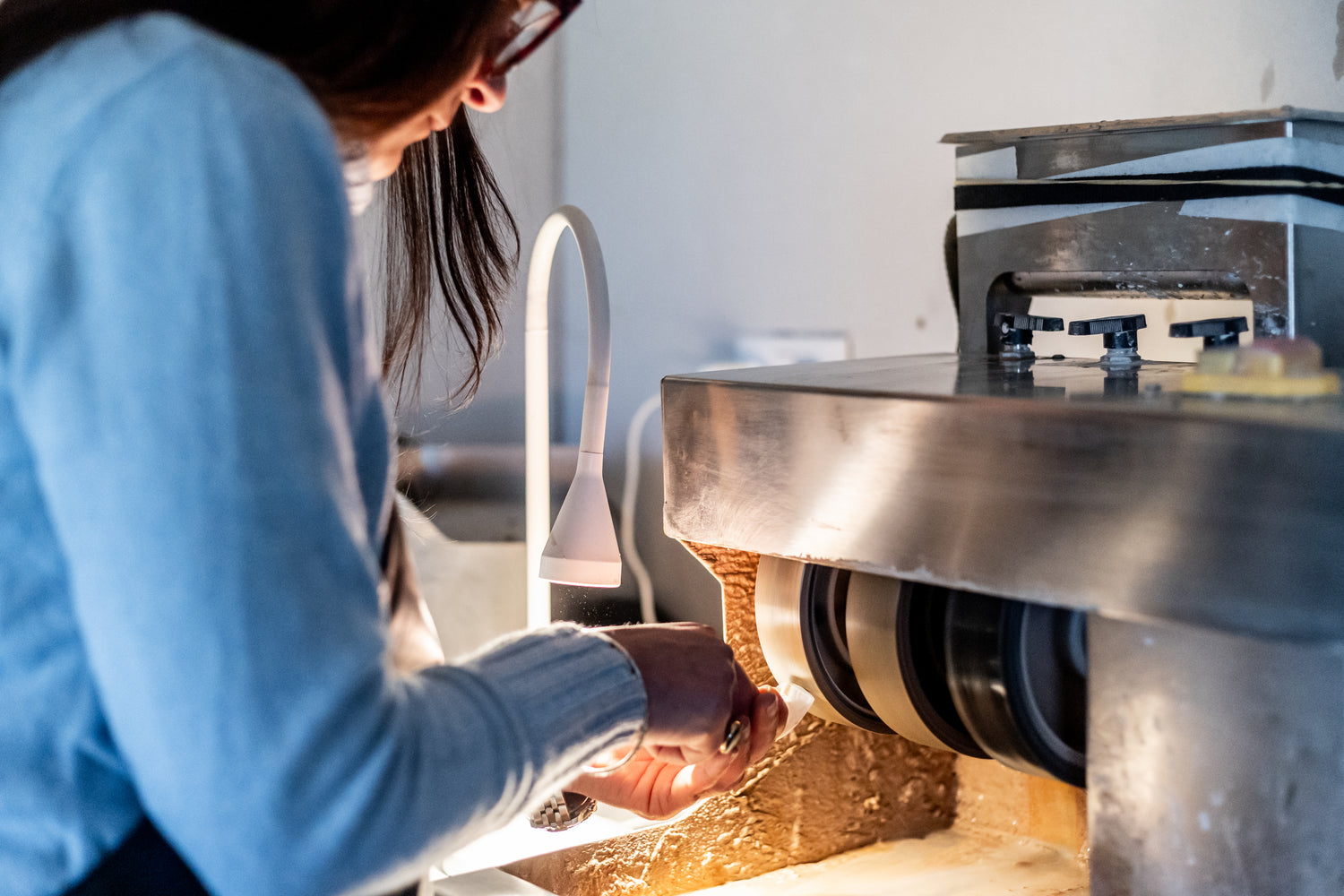
Shaping and Grinding
After the rough cut, I turn my attention to shaping the stone. This is where I refine the stone’s surface, gradually smoothing it out and defining its shape. I use grinding wheels, often made of steel or copper, along with abrasive powders like diamond dust or silicon carbide.
As I grind the stone, I work my way through progressively finer abrasives to smooth the surface. The goal here is to create symmetry and smoothness while preserving the intended design. I have to work carefully, ensuring that I maintain the balance of the stone’s shape. As I progress, I start to see the gemstone’s true form emerging, and I continue to refine it to eliminate any rough edges.
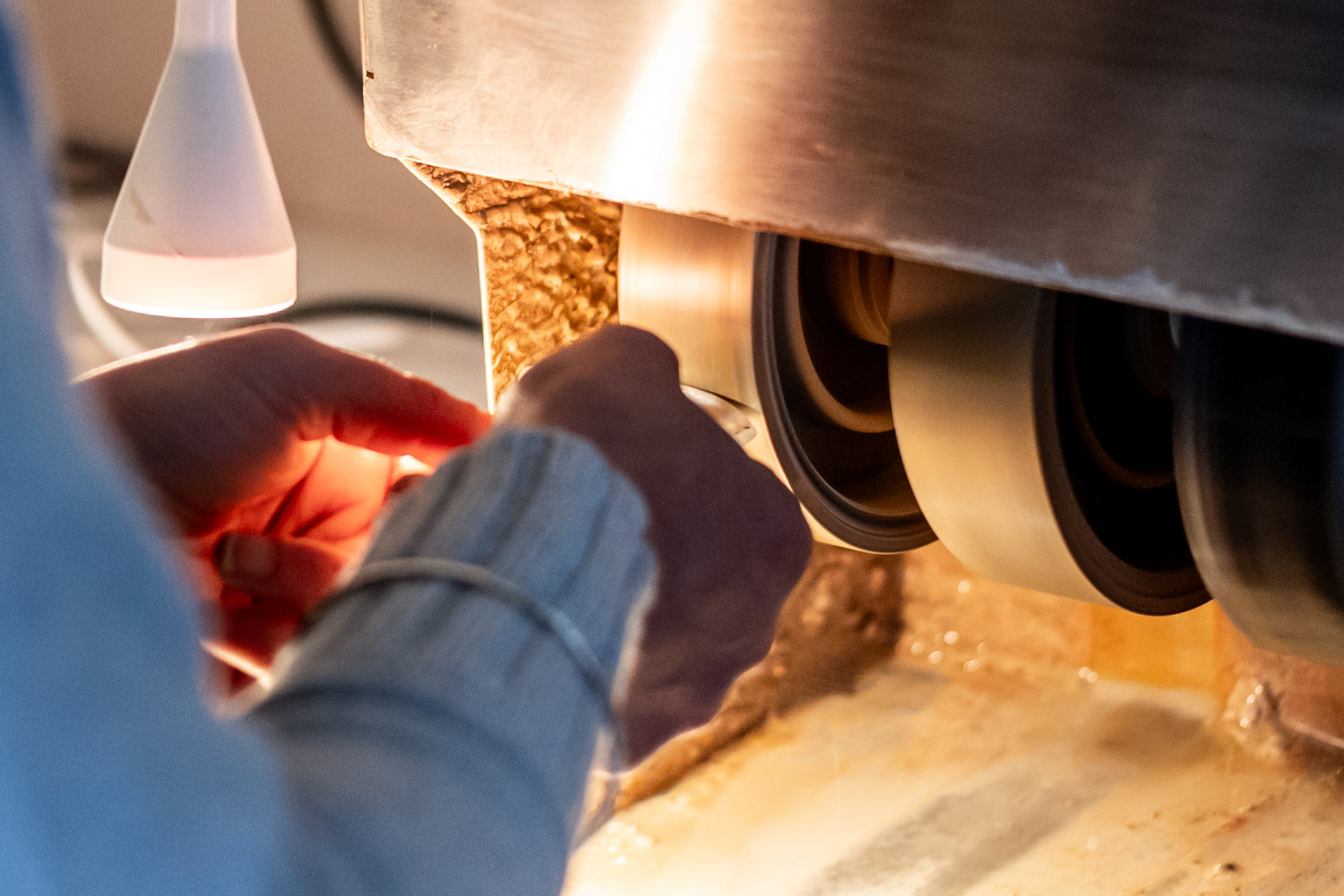
Polishing
Polishing is perhaps the most rewarding part of the lapidary process. It’s when the stone truly comes to life, and its natural beauty shines through. The polishing process involves buffing the surface of the stone until it achieves a high gloss and reflective finish.
For harder stones, I may need to go through several stages of polishing with increasingly fine abrasives. Softer stones might not require as much polishing. Regardless, I make sure to carefully polish every part of the stone, paying attention to every angle to ensure a uniform finish. The stone’s brilliance and depth are enhanced as the polishing process brings out its best qualities.
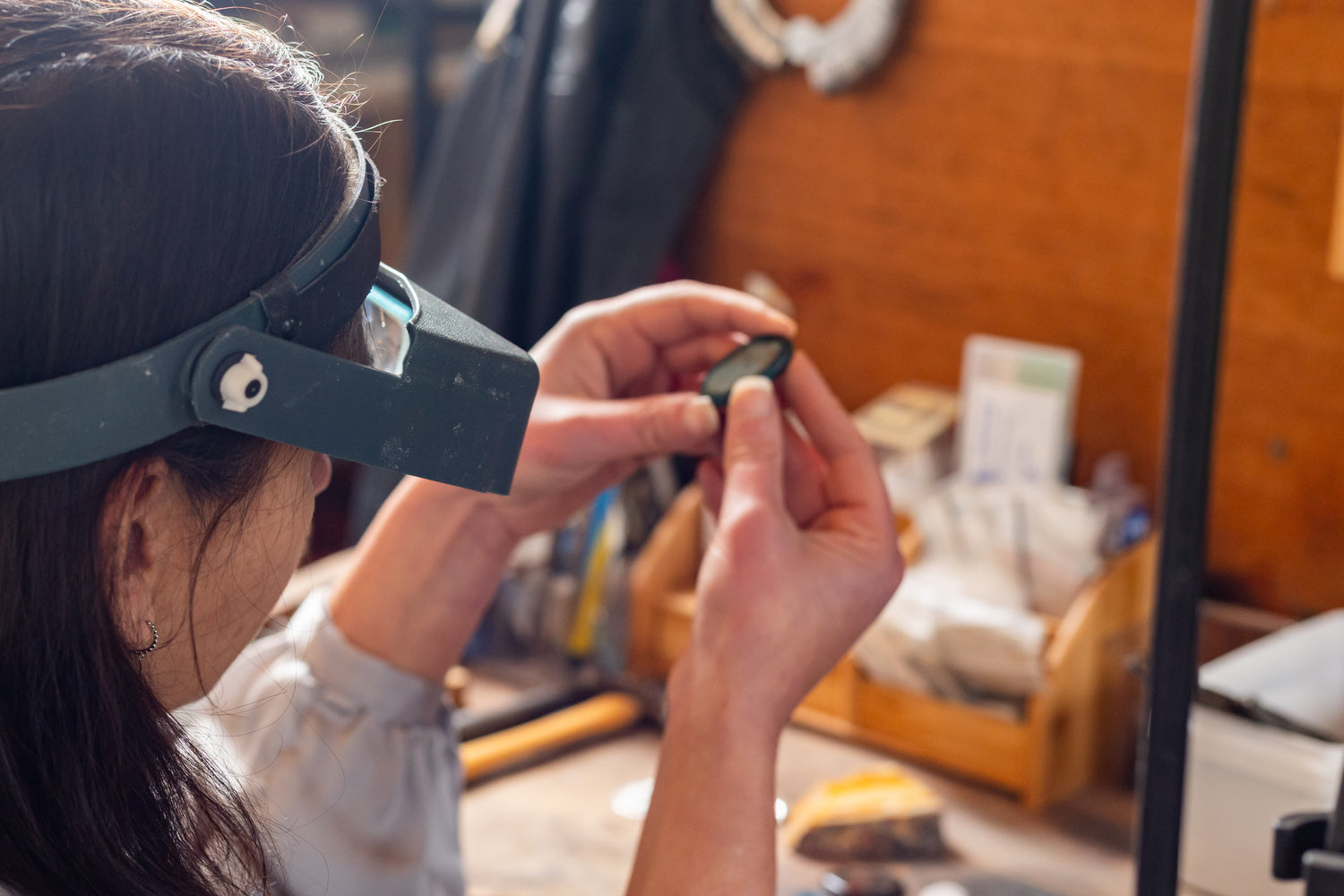
Final Inspection and Grading
After shaping, polishing, and faceting, I perform a final inspection of the gemstone. I carefully examine it for any flaws or imperfections that may have appeared during the process, checking the clarity, color, and symmetry.
If the stone passes inspection and meets the desired specifications, it’s ready for use in jewellery and for sale.
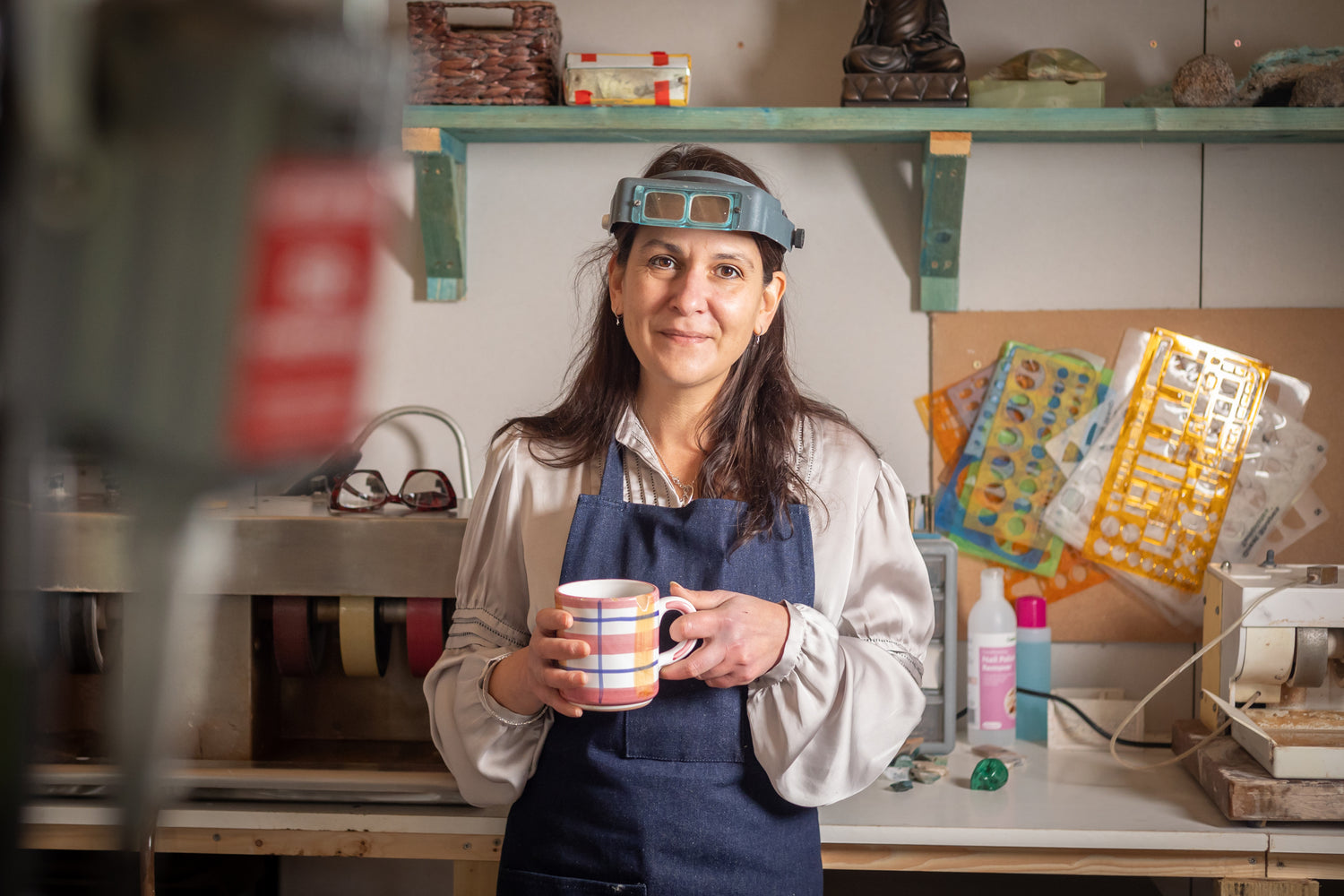
Conclusion
Lapidary is a delicate and meticulous craft, requiring a blend of artistic vision and technical skill. From selecting the right stone to the final inspection, each step of the process is an important part of creating a beautiful gemstone.
Whether working with agates or opals, I take great care to ensure that each stone reaches its full potential. This process is not just about cutting and polishing; it’s about revealing the inherent beauty within the stone, turning a raw piece of rock into a sparkling gem.

